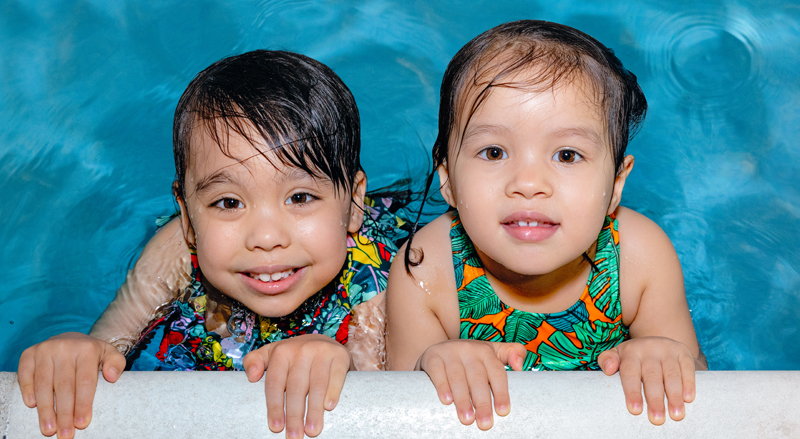Swimming is a vital skill that enhances physical fitness, safety, and confidence around water. As parents, it’s our duty to equip our children with the skills needed to navigate water safely.
Choosing the right level swim class is essential for their development, allowing them to gain water skills while enjoying a supportive environment.
With many different swim programs available, it can be challenging to find the right fit. This guide will help you understand your child’s abilities, grasp swim class levels, and choose a suitable program that fits their needs and interests for a positive experience in the water.
Different Schools Have Different Criteria
Swim schools offer different programs and various levels for young swimmers. Classes are loosely grouped by age, and schools often offer some online assessment criteria for enrollment. Questions may include:
- How old is your child?
- Does your child swim independently for 20 feet without a flotation device?
- Can your child swim breaststroke?
You might want to start by finding a swim school in your local area that you like, and then check what classes they offer and their enrollment criteria for each class.
Here you can read about 10 factors to consider when selecting a swim school.
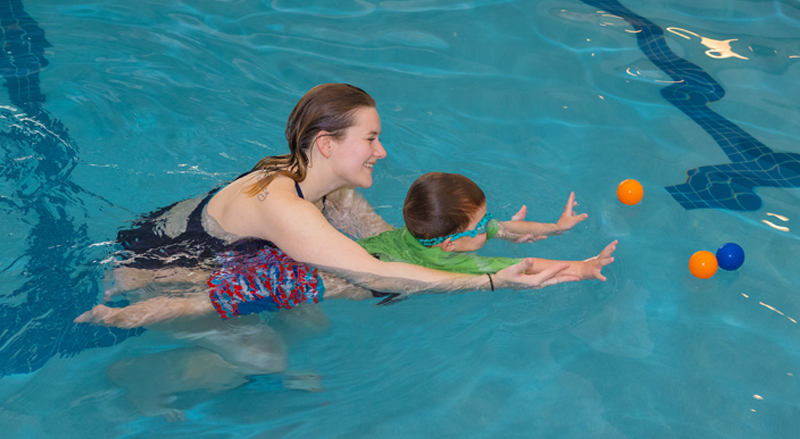
It’s essential to find a school that will always prioritize your child’s safety, be attentive to your child’s individuality, and have well-trained swim teachers who understand kids.
Why Your Child Needs the Right Swim Level Class
Ensuring your child is in the correct swim-level class is essential.
A class that needs to be more challenging will lead to boredom and disinterest, while a class that’s too advanced can cause your child to feel lost and discouraged.
How Fear Affects Learning To Swim
Fear can significantly hinder a child’s ability to float, disrupting buoyancy and making the learning process more daunting. It’s crucial to address this issue early to ensure a positive swimming experience for your child.
That’s why Njswim always follows a natural progression through our swim curriculum, which starts with learning to float.
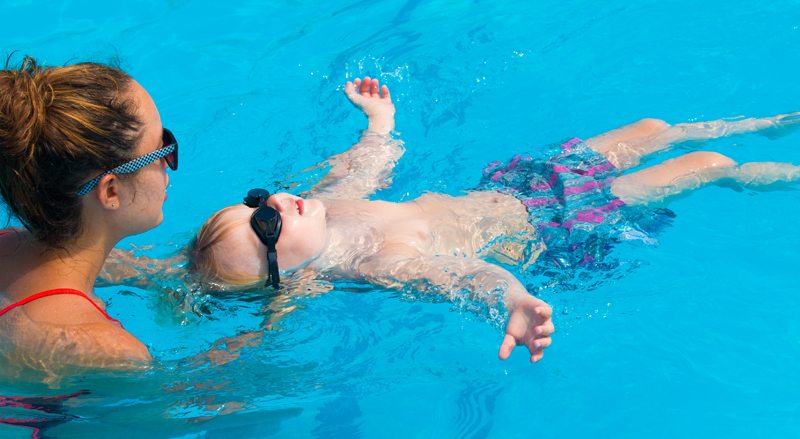
Once a child has mastered buoyancy, balance, and breath control, learning the proper stroke technique becomes much easier.
This progression in our curriculum ensures your child’s steady and confident progress in their swimming journey.
Our natural, Zen-like introduction to the water ensures a positive learning experience and instills a lifelong love for swimming in our students. You can be confident that your child will enjoy the water for life.
Learn To Float
Njswim’s nationally recognized swim school curriculum is based on our “learn to float” philosophy, which teaches balance and buoyancy in the water.
As they progress through our curriculum, students experience a sense of accomplishment that boosts their confidence and self-esteem.
First, we teach our students to recognize how their bodies will best achieve buoyancy with little or no effort.
Then, teachers focus on balance and breath control.
Students feel more comfortable and safer in the water as they happily and confidently progress with their swim lessons.
Understand Swim Class Levels
Knowing the different swim class levels is important for both swimmers and instructors.
It helps everyone know where they’re at and what they need to work on, whether they’re just starting or looking to polish their advanced skills.
Beginners dive into the basics of water skills, while intermediate swimmers focus on refining their strokes and understanding water safety.
For those at the advanced level, it’s all about mastering competition techniques and getting fit for races.
Instructors use these levels to create personalized lessons, ensuring everyone feels safe and supported while learning.
Plus, with some standard assessments along the way, families can keep track of progress and set realistic goals.

Ultimately, this approach builds a community that sees swimming as a valuable life skill, which is super important for everyone’s safety in the water!
Our classes are designed to instill a sense of safety and confidence in your child, ensuring they can enjoy the water without fear.
Njswim Skill Levels
Following is a brief description of our swim levels. Check out our full class level descriptions here.
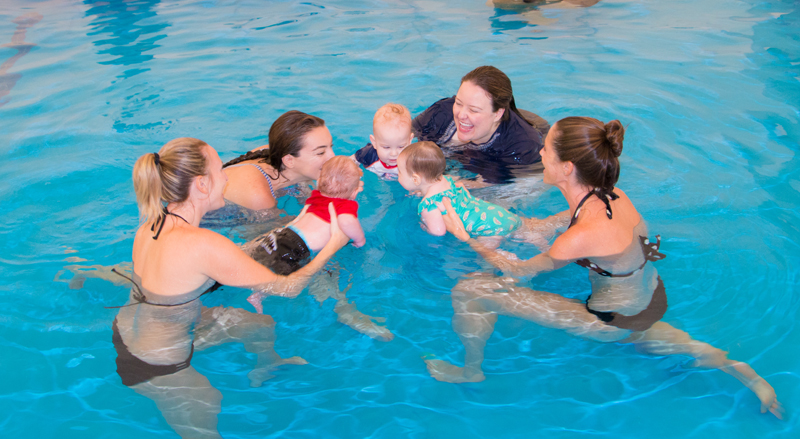
We structure our swim classes into various levels catering to different age groups and skill sets.
- Water Babies (3-24 months): Introduces babies to water, focusing on relaxation, breath control, and coordination to prepare for preschool classes without caregiver involvement.
- Preschool Level: For children under 5, focusing on basic water safety, breath control, and independent skills.
- Level 1 (5+ years): Aims at first-time swimmers, teaching fundamental skills like buoyancy, kicking, and proper body positions.
- Level IA (Advanced Level I): Develops stronger swimming skills, breath exchange, and introduces elementary backstroke.
- Level IIB (Beginner Level II): Focuses on refining elementary backstroke, learning backstroke and treading water, and building endurance.
- Level II: Students swim independently, refine backstroke, learn freestyle, and develop endurance through treading water.
- Level IIA (Advanced Level II): Builds endurance in freestyle and backstroke while focusing on proper body mechanics for breaststroke.
- Level III: Enhances proficiency in freestyle, backstroke, and breaststroke, and introduces butterfly fundamentals.
Power Swim (Ages 7-14): Emphasizes proper stroke technique and endurance for children interested in swimming as a sport, fostering skills for lifelong enjoyment in water activities.
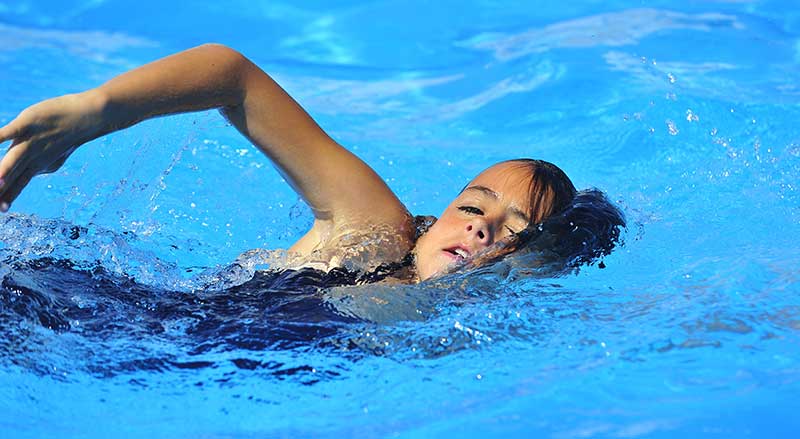
At Njswim, we enjoy nothing more than watching our students gain confidence and personal strength both in and out of the water. Our classes are not just about learning to swim, but also about having fun and enjoying the water. We love seeing the smiles on our students’ faces as they splash and play in the pool.
Our six NJ swim school locations are:
Enrolling your child in the right level swim class is an essential step in ensuring their safety and enjoyment in the water. By assessing their skills, researching swim schools, and preparing them for lessons, you can set them on the path to becoming confident swimmers. Swimming is not just a vital life skill; it’s an opportunity for fun and recreation that can last a lifetime.
So dive in and make the leap with confidence!

